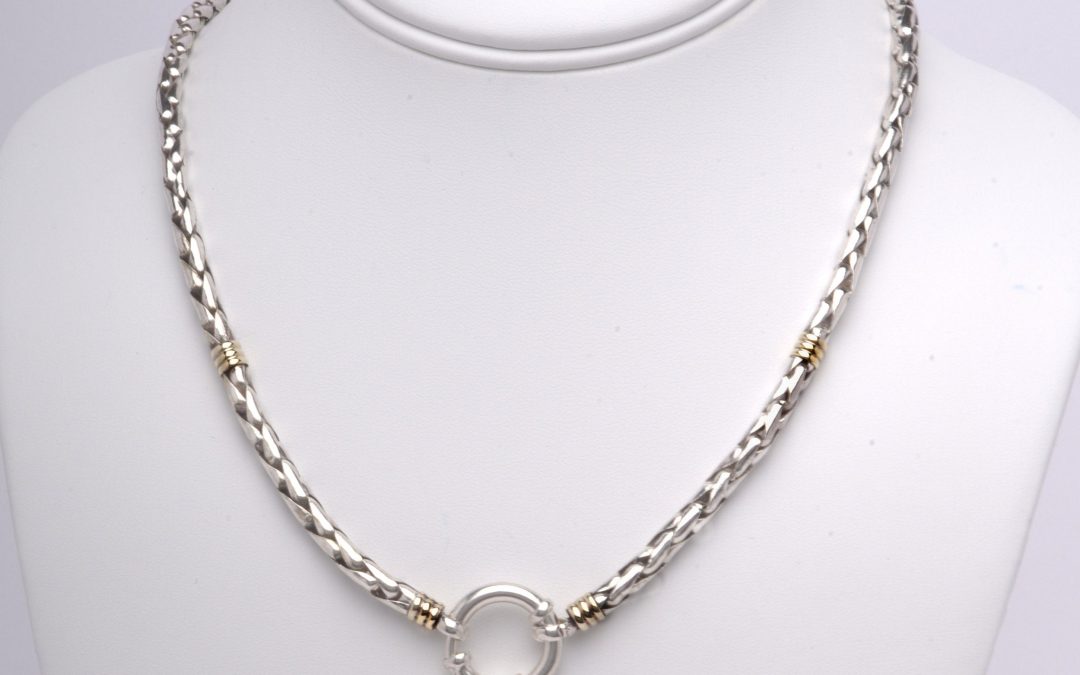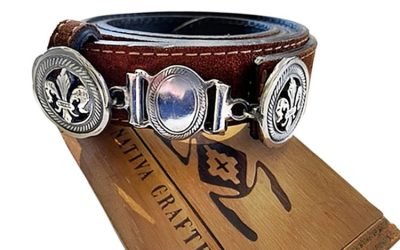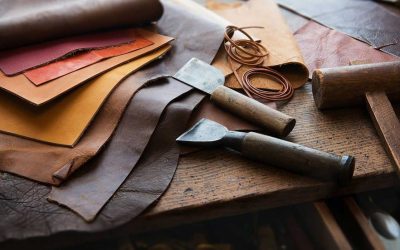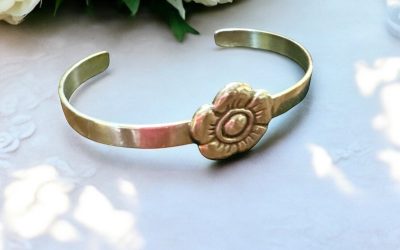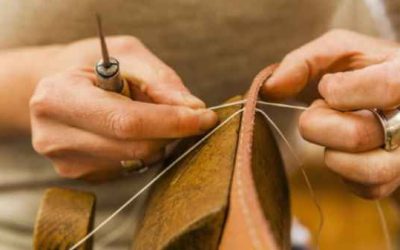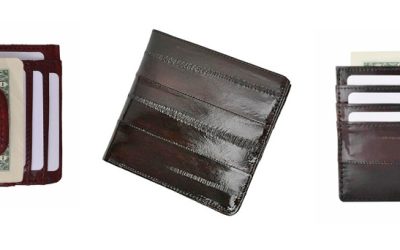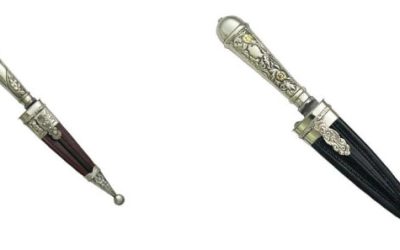Argentina, a land of diverse cultures, is home to a unique and vibrant jewelry design tradition that reflects its rich heritage. Two tone sterling and gold Argentine jewelry stand out as a prime example of this artistic legacy, combining the luster of sterling silver and the warmth of gold to create striking, one-of-a-kind pieces.
This article will delve into the origins, design techniques, and cultural influences that have shaped this distinctive jewelry style.
HISTORICAL BACKGROUND OF TWO TONE STERLING AND GOLD ARGENTINE JEWELRY
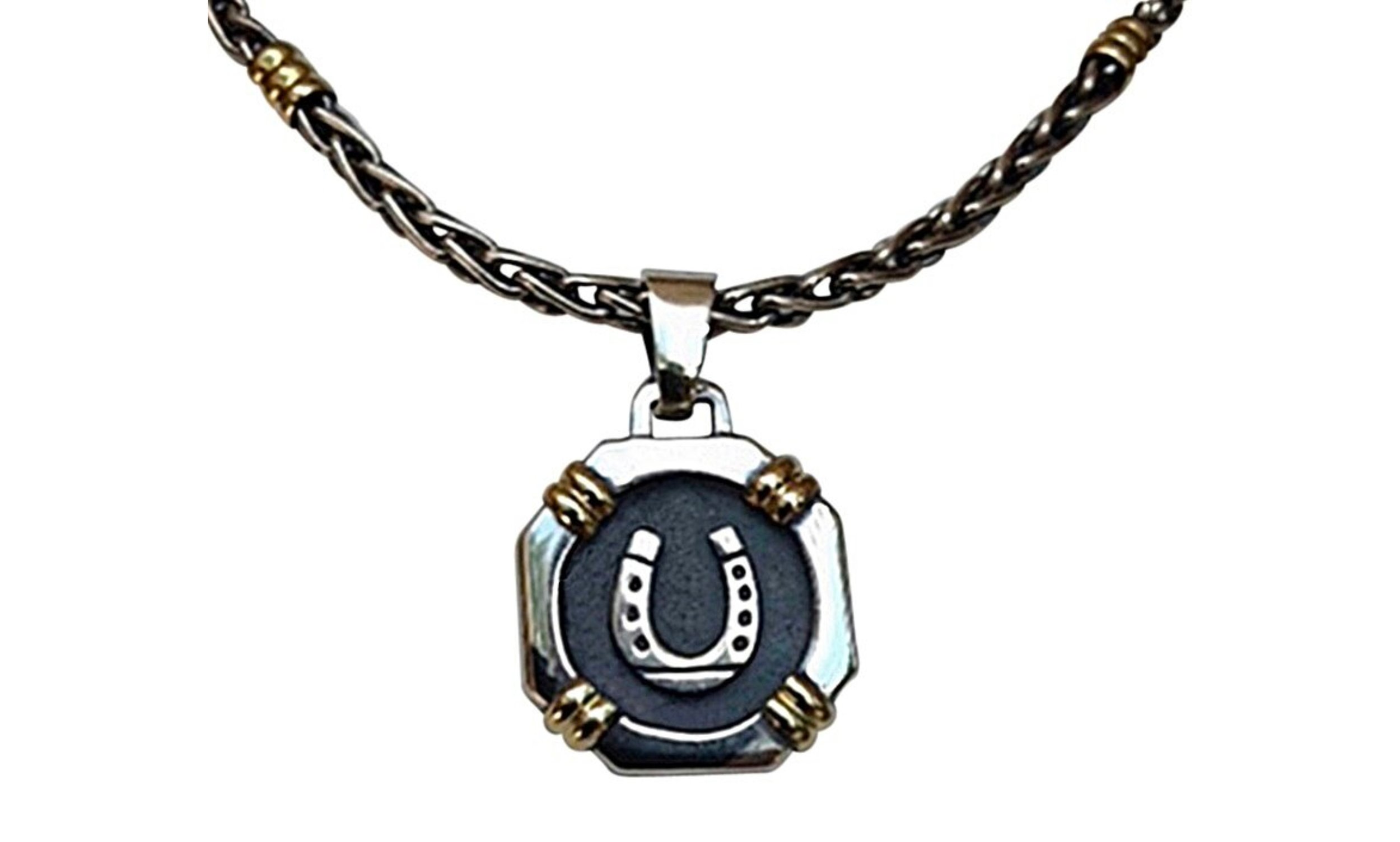
Argentina’s diverse and vibrant history has heavily influenced its jewelry-making traditions. The historical background of two-tone sterling and gold Argentine jewelry can be traced back to various periods and influences, including indigenous cultures, European colonization, and local traditions.
PRE-COLUMBIAN JEWELRY
Before the arrival of Europeans, Argentina was home to various indigenous cultures, such as the Diaguita, Calchaquí, and Mapuche tribes. The Incas, who expanded their empire into Argentina around the 15th century, also played a significant role in shaping the region’s jewelry-making traditions.
These indigenous peoples excelled in metalwork, creating intricate jewelry pieces from gold, silver, and copper alloys. They often used techniques like hammering, casting, and repoussé to create their designs, which featured geometric patterns, animal motifs, and religious symbols. These early jewelry pieces were not only worn for adornment but also held spiritual and symbolic significance.
SPANISH COLONIZATION AND THE INFLUENCE OF EUROPEAN JEWELRY
With the arrival of the Spanish conquistadors in the early 16th century, Argentina and its neighboring regions experienced a significant shift in their cultural landscape. Spanish colonization introduced European styles and techniques in jewelry-making, which started to blend with the indigenous traditions.
The Spanish brought new materials like precious gemstones and pearls, along with advanced techniques such as filigree and granulation. They also introduced religious motifs, such as crosses, saints, and the Virgin Mary, which became popular in Argentine jewelry designs.
During this period, Argentine jewelers began to experiment with two tone designs, incorporating gold and silver elements into their work. This combination of metals allowed artisans to create striking contrasts and textures in their pieces, which became a hallmark of Argentine jewelry.
GAUCHO CULTURE AND THE RISE OF NATIONAL IDENTITY
In the 18th and 19th centuries, Argentina’s legendary gauchos – skilled horsemen and cattle herders – played an essential role in shaping the nation’s identity and cultural heritage. Gauchos were known for their unique attire, which often included intricately designed silver accessories such as belts, knives, and stirrups.
The gaucho influence is evident in Argentine jewelry, particularly in two tone pieces that incorporate symbols of equestrian cultures, such as horses, stirrups, and braided leather. This period also saw a resurgence in traditional indigenous motifs, as Argentina sought to strengthen its national identity.
MODERNIZATION AND THE GLOBALIZATION OF ARGENTINE JEWELRY
The 20th century brought rapid modernization and globalization to Argentina, resulting in a thriving arts scene and increased international exposure to Argentine jewelry. Jewelers began to experiment with contemporary designs, incorporating abstract and geometric forms, while still retaining traditional elements and craftsmanship.
Today, Argentine jewelers continue to embrace both traditional and modern influences, creating unique two tone sterling and gold jewelry pieces that reflect the nation’s rich and diverse history. These distinctive designs, which combine indigenous, European, and contemporary elements, have earned Argentina a well-deserved reputation for exceptional craftsmanship and artistic innovation in the world of jewelry.
DESIGN TECHNIQUES AND MATERIALS
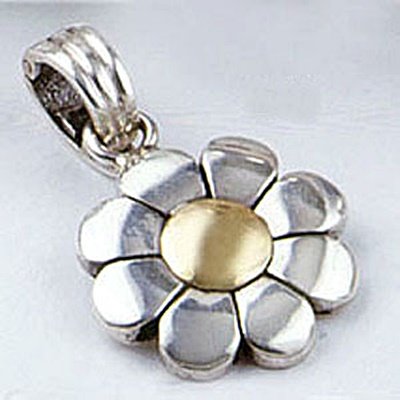
Two tone sterling and gold Argentine jewelry employs various techniques to create a harmonious marriage of colors and textures. Among these methods are:
· Filigree: This ancient technique involves twisting and bending fine wires of gold and silver to create intricate patterns and motifs. Argentine jewelers often use filigree to accentuate the design’s two-tone effect and create depth in their pieces.
· Repoussé and Chasing: These techniques involve hammering and shaping metal from both the front and the back to achieve a raised, sculptural design. This method allows artisans to create bold, high-relief patterns that stand out against contrasting metals.
· Engraving and Etching: By carving or etching intricate designs into the metal, jewelers can create complex patterns that highlight the interplay between gold and silver.
· Inlay and Overlay: In these techniques, one metal is set into or on top of another, creating a smooth surface with contrasting colors. This method is particularly effective in emphasizing the two-tone effect in Argentine jewelry.
In addition to the use of sterling silver and gold, Argentine jewelers often incorporate semi-precious stones, such as onyx, malachite, and rhodochrosite (the national gemstone of Argentina), to add color and depth to their designs.
CULTURAL INFLUENCES
The distinctive aesthetics of two-tone sterling and gold Argentine jewelry can be attributed to the blend of indigenous, European, and contemporary influences. Some key cultural elements include:
· Indigenous Symbolism: Many Argentine jewelry pieces feature motifs inspired by indigenous cultures, such as geometric patterns, animals, and natural elements. These designs are often combined with European influences to create a unique fusion.
· Spanish Colonial Inspiration: The influence of Spanish colonial design can be seen in the use of filigree, intricate metalwork, and religious symbols such as crosses and saints.
· Gaucho Tradition: The gauchos, Argentina’s legendary horsemen, have left their mark on the nation’s jewelry with designs featuring horses, stirrups, and leather braiding.
· Tango Influence: Argentina’s passionate national dance, the tango, has also inspired jewelry designs that evoke the fluidity, sensuality, and drama of the dance.
· Modern and Abstract Styles: Contemporary Argentine jewelers have embraced modern and abstract styles, incorporating clean lines, geometric shapes, and minimalist design elements into their two tone pieces.
CURRENT APPLICATIONS AND USES OF TWO TONE STERLING AND GOLD ARGENTINE JEWELRY
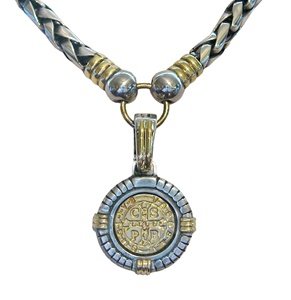
Two tone sterling and gold Argentine jewelry has seen a surge in popularity in recent years, thanks to its unique blend of traditional and contemporary design elements. This versatile jewelry style has found numerous applications and uses, ranging from personal adornment to cultural expression and even as investment pieces.
Let’s explore some of the current applications and uses of this distinctive jewelry style.
PERSONAL ADORNMENT AND FASHION
One of the most prevalent uses of two tone sterling and gold Argentine jewelry is for personal adornment. The striking contrast between the metals and the intricate craftsmanship make these pieces a favorite among those who appreciate unique and eye-catching accessories.
The versatility of Argentine jewelry allows it to be worn for various occasions, from casual outings to formal events, adding a touch of elegance and sophistication to any outfit.
CULTURAL EXPRESSION AND NATIONAL IDENTITY
Two tone Argentine jewelry serves as a symbol of the country’s rich cultural heritage and national identity. Many pieces feature motifs inspired by indigenous cultures, gaucho traditions, and the passionate tango dance. Wearing Argentine jewelry allows individuals to express their connection to the country’s history and celebrate its diverse influences.
GIFTS AND SOUVENIRS
Argentine jewelry makes for a thoughtful and memorable gift, as it represents the unique artistry and craftsmanship of the country. Tourists visiting Argentina often purchase two tone sterling and gold jewelry as souvenirs to bring back a piece of the country’s culture and artistic heritage. In addition, these pieces can serve as meaningful gifts for special occasions, such as birthdays, anniversaries, and weddings.
INVESTMENT AND COLLECTIBLE ITEMS
Due to the fine materials used and the exceptional craftsmanship involved, two tone sterling and gold Argentine jewelry can also serve as investment pieces. As the popularity of this unique jewelry style grows, the demand for these pieces is likely to increase, potentially resulting in higher market value over time. Collectors and enthusiasts often seek out rare and exceptional Argentine jewelry pieces, appreciating their artistic and cultural significance.
BRIDAL AND WEDDING JEWELRY
The combination of sterling silver and gold in Argentine jewelry makes it an ideal choice for bridal and wedding accessories. The two tone design complements various color schemes and can be easily matched with other pieces of jewelry. Moreover, the intricate craftsmanship and unique designs add a touch of elegance and sophistication to any bridal ensemble.
ARTISTIC INSPIRATION AND COLLABORATION
Two tone sterling and gold Argentine jewelry has inspired artists and designers from various fields to collaborate and create unique projects. From fashion designers incorporating Argentine jewelry into their runway shows to photographers using these pieces as props in their creative shoots, the fusion of cultural influences and artistic techniques in this jewelry style have opened doors for innovative collaborations and artistic expressions.
CARING FOR TWO TONE STERLING AND GOLD ARGENTINE JEWELRY
To ensure the longevity and beauty of your two-tone Argentine jewelry, follow these simple care tips:
Clean your jewelry regularly using a soft cloth and a mild soap solution. Rinse thoroughly and pat dry.
Avoid exposing your jewelry to harsh chemicals, such as chlorine, and cosmetics, which can damage the metals and stones.
When not in use, store your jewelry in a cool, dry place, preferably in a lined jewelry box or a soft pouch to prevent scratches and tarnishing.
To maintain the shine of your sterling silver and gold pieces, consider using a polishing cloth or professional cleaning services periodically.
Remove your jewelry before engaging in activities that may cause damage, such as sports, swimming, or manual labor.

CONCLUSION
Two tone sterling and gold Argentine jewelry is a testament to the rich cultural heritage and exceptional craftsmanship of the nation’s artisans. These stunning pieces, which blend indigenous and European influences with contemporary design elements, have captivated the world with their unique beauty and allure.
By understanding the history, techniques, and cultural influences behind this jewelry style and taking proper care of your precious pieces, you can ensure that your Argentine jewelry remains a cherished part of your collection for years to come.
Discover the Beauty of Argentine Craftsmanship with Pieces of Argentina
Are you ready to explore the world of two tone sterling and gold Argentine jewelry? Look no further than Pieces of Argentina! Our exquisite collection showcases the finest Argentine craftsmanship, blending traditional and contemporary designs that embody the nation’s rich cultural heritage.
Don’t miss this opportunity to own a piece of Argentina’s artistic legacy. Browse our stunning selection of necklaces, bracelets, earrings, and rings, each meticulously crafted to highlight the striking contrast of sterling silver and gold. From intricate filigree work to captivating indigenous motifs, our jewelry pieces are perfect for making a statement or adding a touch of elegance to any ensemble.
Whether you’re looking for a unique gift, a memorable souvenir, or a timeless addition to your personal collection, Pieces of Argentina offers something for everyone. Shop our collection now and experience the unparalleled beauty and artistry of two-tone sterling and gold Argentine jewelry with original packaging and the best shipping rates.
.
The Perfect Pair: Leather and Sterling Silver Accessories in Argentine Style
Argentina is a land of rich traditions, where craftsmanship and culture intertwine to create...
5 Unique Leather Accessories Styling Tips for Your Everyday Life
Leather accessories have long been a staple in the world of fashion, prized for their timeless...
The History of the Cuff Bracelet: From Ancient Origins to Modern Elegance
The cuff bracelet is much more than just a fashionable accessory; it is a timeless piece...
Understanding Leather Grades: Why Argentine Leather Tops the List
Leather has been a cornerstone of human craftsmanship for centuries, valued for its durability,...
How to Put on an Open Cuff Bracelet: A Step-by-Step Guide
Open cuff bracelets are elegant and versatile accessories, but knowing the proper way to put one...
The Art of Soguería Criolla: A Cultural Tradition
Soguería criolla, or traditional Argentine leather braiding, is a centuries-old craft deeply...
From Tarnished to Stunning: Easily Clean Your 925 Silver Jewelry: STERLING SILVER CLEANING CLOTH
Keeping your 925 silver jewelry shining and free of tarnish is simple with a special silver...
Discover the Craftsmanship of Argentine Leather Bags for Men
Argentina has long been recognized for its rich heritage in leather craftsmanship, producing some...
Discover the Elegance of Men’s Eel Skin Wallets
When it comes to men’s accessories, few items strike the perfect balance between sophistication...
The Mastery of Picasso Knives: Hand-Chiseled Perfection
In the realm of fine cutlery, few names evoke the same sense of craftsmanship and artistry as...

